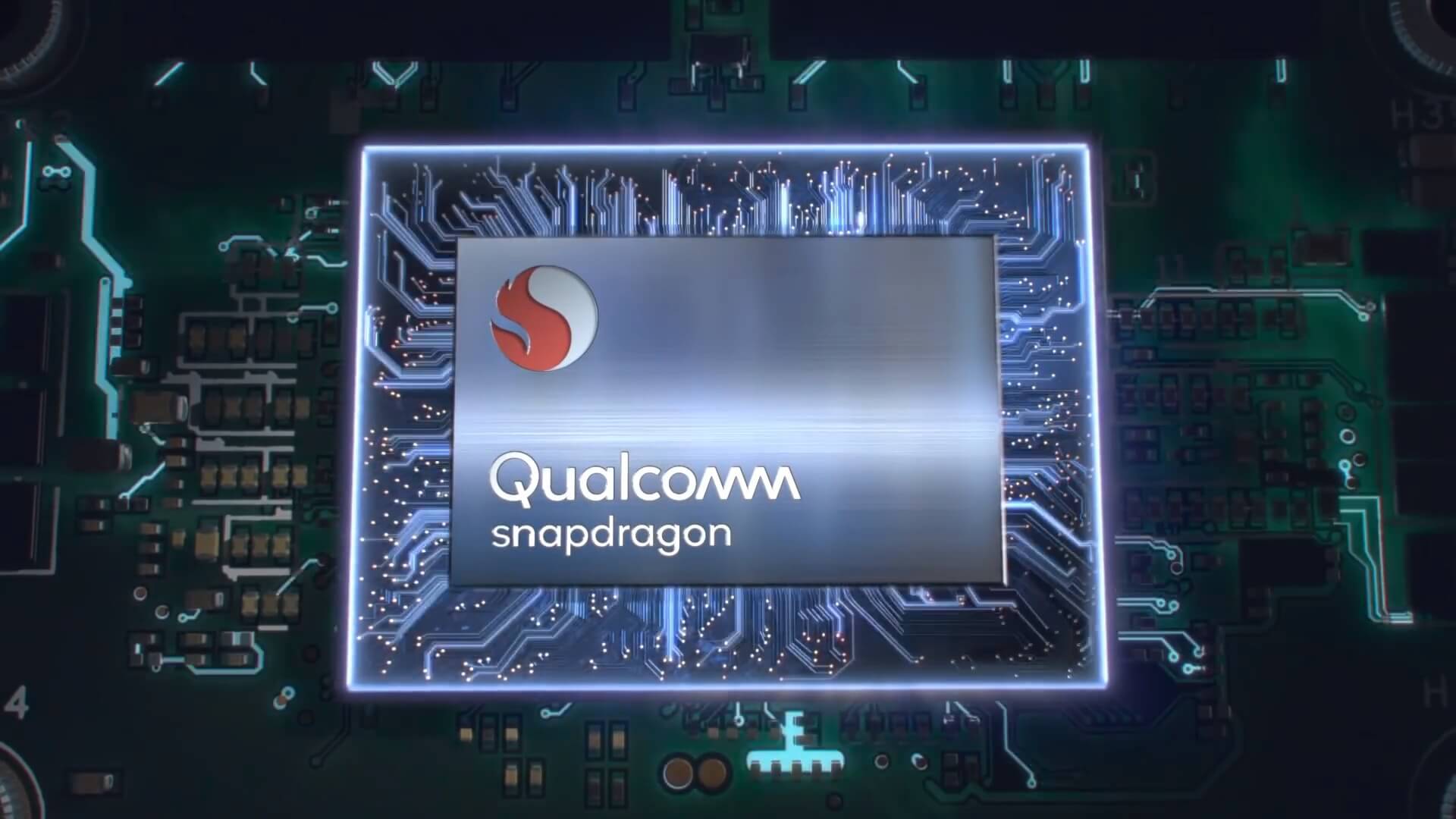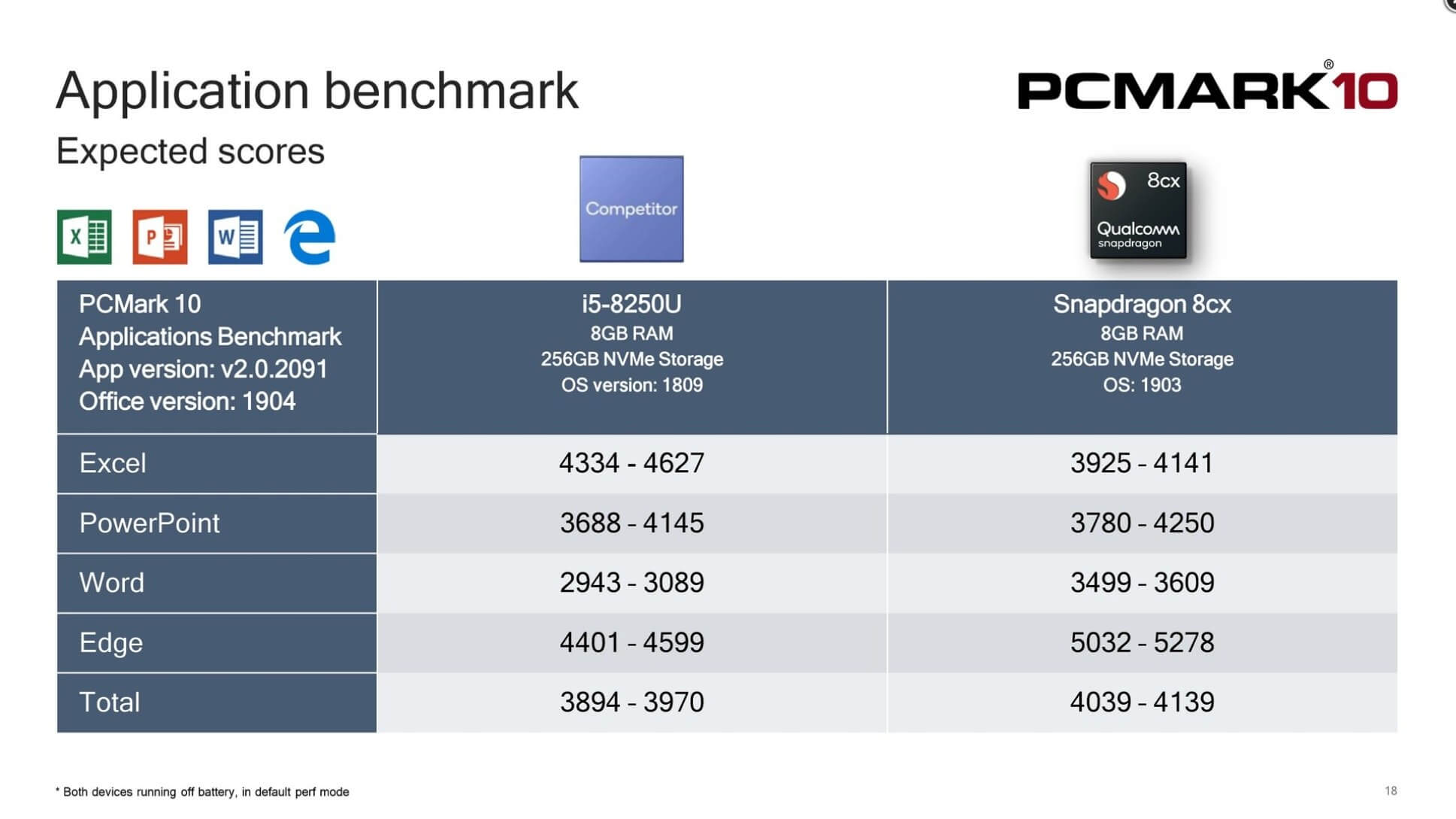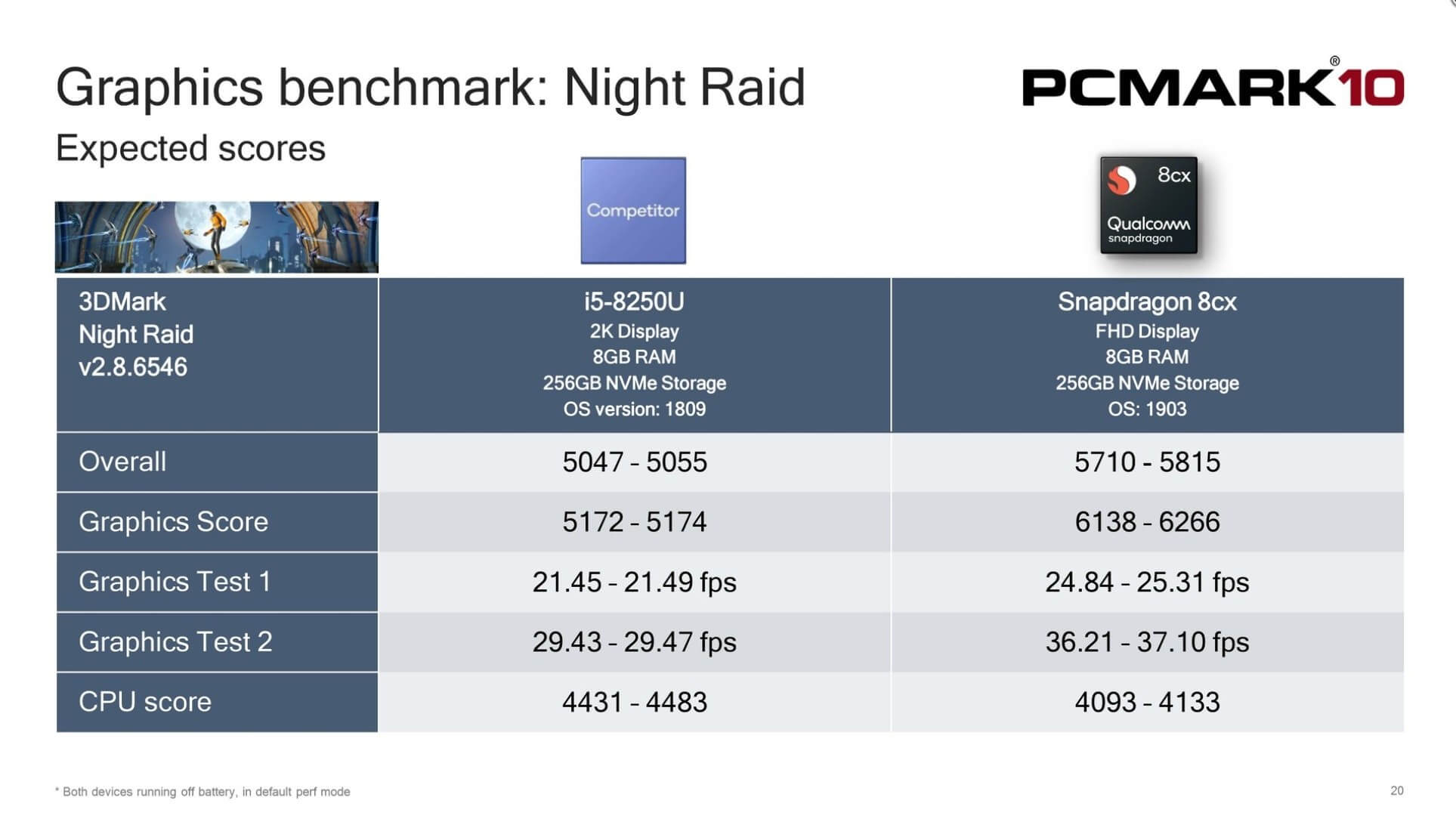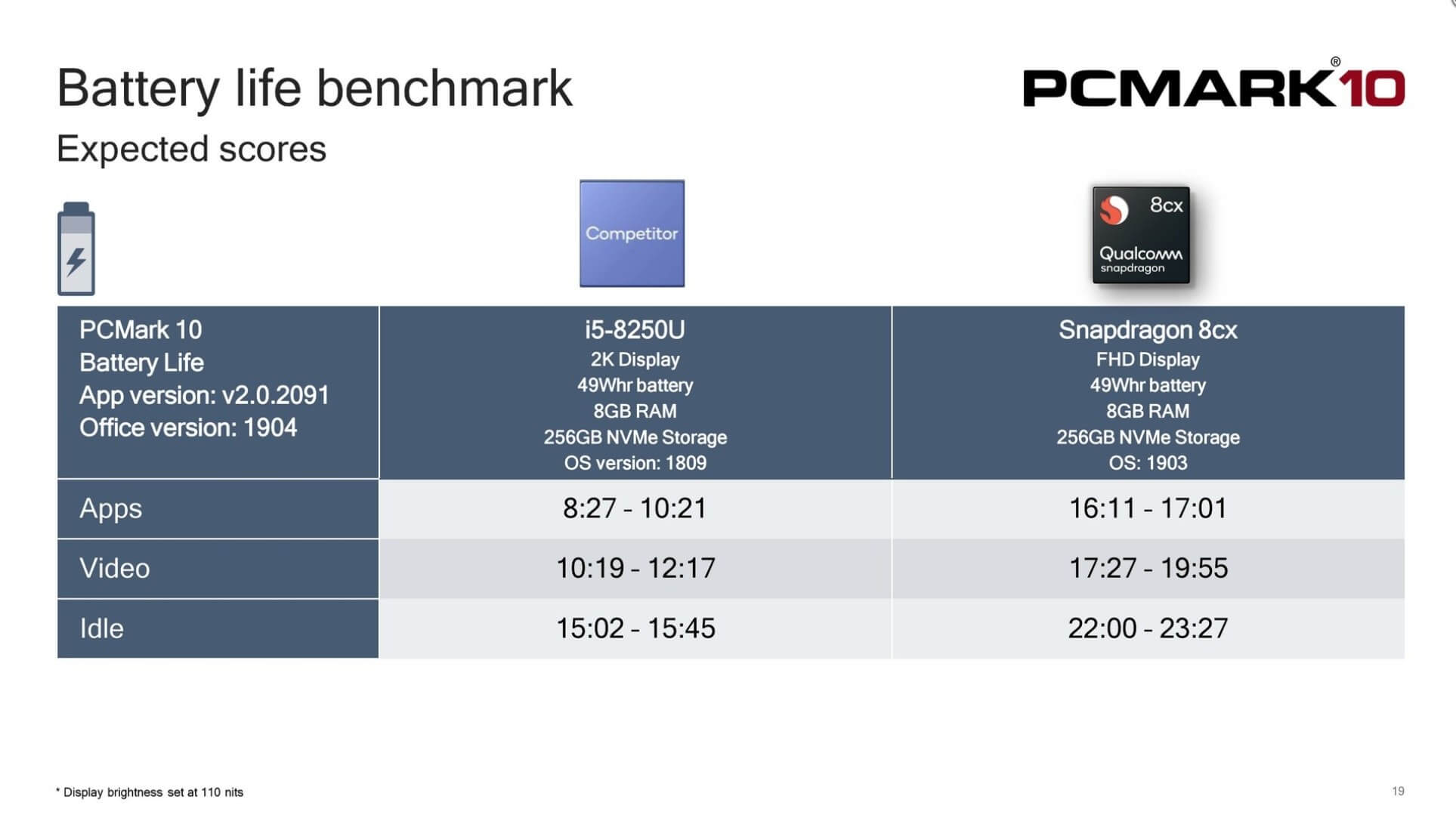Recap: Windows on Arm might offer excellent battery life, but there have long been questions over the machines’ performance. Qualcomm promised this would change when it announced the Snapdragon 8cx last December. Now, the firm has shown off some benchmarks for the platform, comparing it to Intel’s Core-i5 8250U.

The largest processor Qualcomm has ever made, the Snapdragon 8cx features eight custom cores in its Kryo 495 CPU. These four high-performance Cortex-A76 cores and four low-power Cortex-A55 cores are all based on the 7nm process and are clocked higher than the Snapdragon 850. In addition to offering twice the performance of that previous chip, the 8cx brings 60 percent more battery life.

Qualcomm ran the 7W Snapdragon 8cx against Intel’s 15W Core-i5 8250U mobile processor using 3D Mark and PCMark. In the application benchmark, the 8cx was ahead in more tests than Intel’s chip, while it beat the i5 8250U soundly in a graphics benchmark and battery life test. It’s worth noting, though, that a 2K screen was used for Intel’s model, while Qualcomm’s design uses an FHD display, helping put the Adreno 680 ahead of the UHD Graphics 620.


Qualcomm also shared a series of videos, which you can see at the bottom of the page, showing how its Snapdragon 8cx outperforms competitors in a series of real-world tasks, such as running programs, multitasking, and browsing the web.
In addition to the benchmarks, Qualcomm announced it is partnering with Lenovo on the first 5G-enabled always-connected laptop, currently known by the codename Project Limitless. It features a second-generation X55 5G modem alongside Cat 22 LTE.
The first devices to feature the Snapdragon 8cx are expected near the end of the year, while the 5G laptop is set to arrive in early 2020.
https://www.techspot.com/news/80254-qualcomm-pits-snapdragon-8cx-against-intel-i5-8250u.html
